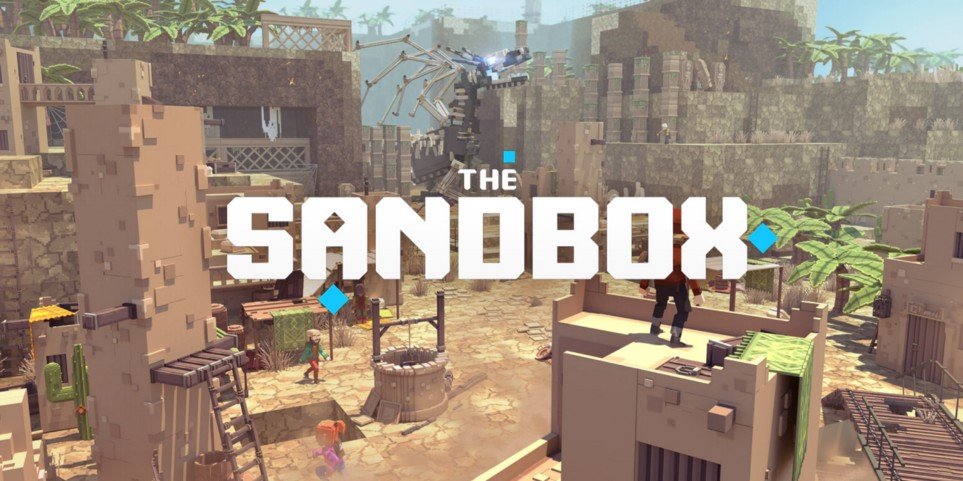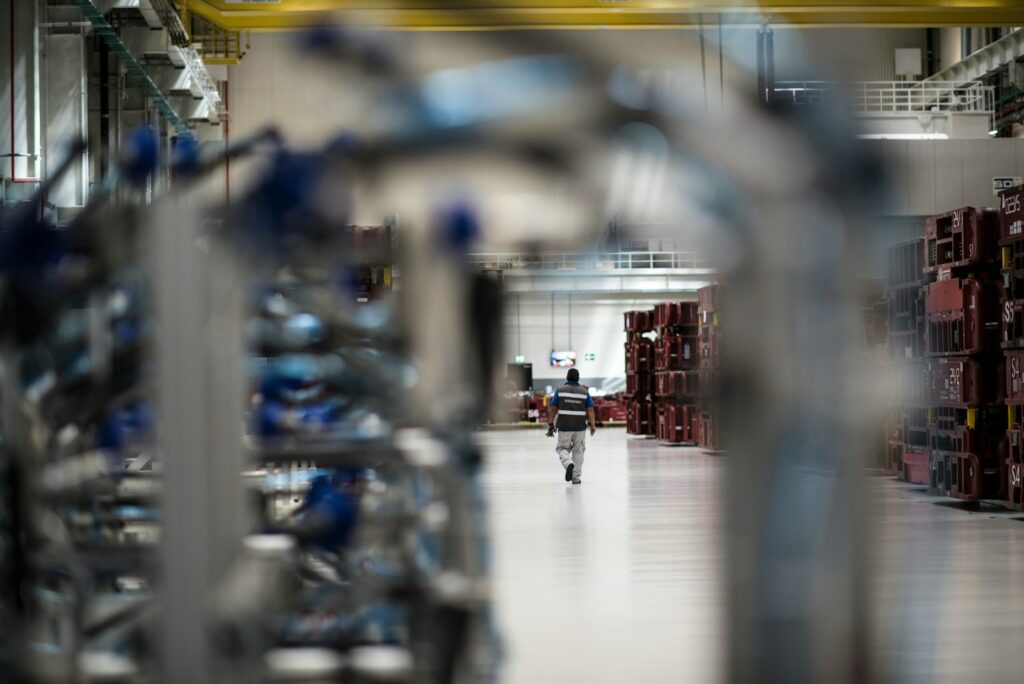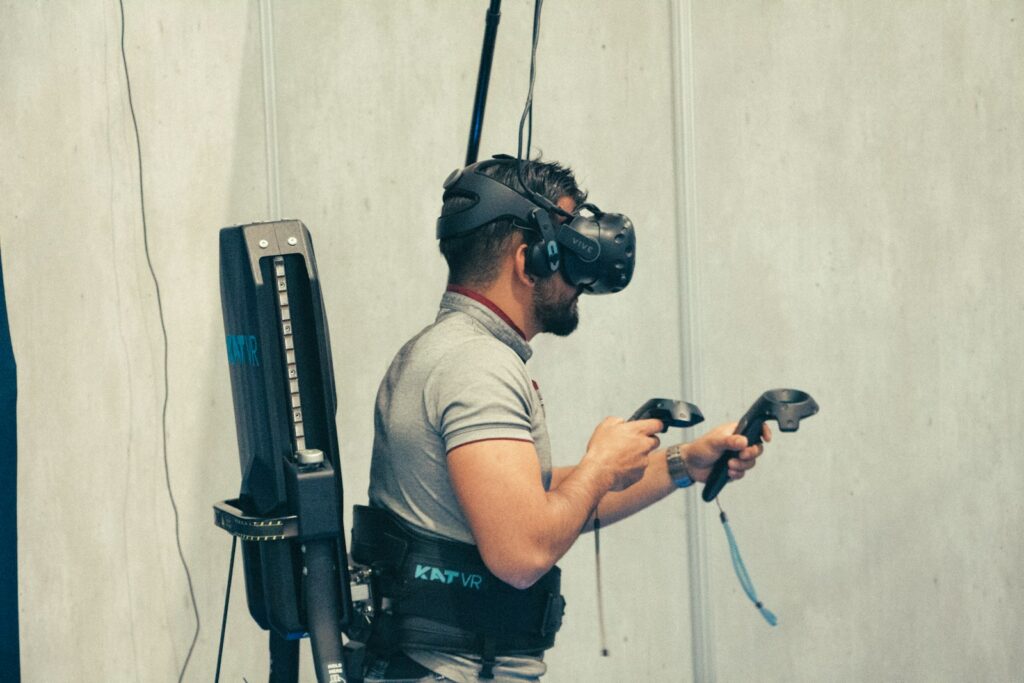There are many metaverses in Web3 with more springing up overnight. Some bright spark recently called the metaverse just space on someone’s computer (or more correctly computers) but on February 15, JP Morgan issued a report on metaverses which concluded by saying that the metaverse will most likely infiltrate every sector in some way in the coming years, with the market opportunity estimated at $1 trillion in yearly revenues. It’s a bit loose on specifics but the report leaned much more heavily into the hype than reality (from the title of the report).
Someone who knows first-hand the opportunities involved in the metaverse, before it was even given that common term, is Sebastien Borget, co-founder of Sandbox (TSB), arguably one of the most successful metaverses and certainly leading the pack in this increasingly crowded field.
Today there are more than 2 million wallets registered to TSB, a growth of 1000% year on year. There are 18,500 LANDS owners, a 375% increase year to year. The current value of the TSB world based on the secondary market price is close to $1.5 bullion while the TSB marketcap is $3.3 billion and ranked #37 overall by total market cap, per CoinMarketCap.
Borget himself comes from a gaming background. As a teenager he began playing video games and was hooked.
“I really wanted to make my own video games but creating games on consoles was prohibitively expensive and you needed big teams and a publisher. It was out of my reach.”
Then in 2011, he got his first smartphone and instantly realised it would be possible to create a mobile game with just one or two people. With his colleague and fellow games producer, Arthur Madrid, they founded Sandbox to allow game creators to develop their 2D pixelated characters and games. The platform was predicated on user generated content.
“It took off. Over the next eight years we attracted 40 million installs and 70 million user generated worlds. And the game generated good revenue for the company.
“So that made us happy, but we were also frustrated as we could not reward the creators of these worlds, these games, and typically they would leave after a year or so.”
Then in 2017, Borget and Madrid found out about blockchain technology.
“We tried playing crypto kitties. Now the breeding of new kitties was not new, but the fact that cats were NFT digital assets that could be owned, transferred outside the game and sold to other people – that made us sit up. Creators could now monetise their work outside the game.”
This led to the precursor of the Sandbox metaverse. The concept was to take user generated content and NFTs and provide utility for those in a new platform. The game moved from 2D to 3D, from single player to multiplayer and from mobile to both PC and Mac.
“We spent the last four years building more than a game, we were developing a virtual world platform with creation tools, a free editor, game maker, a map and a marketplace. We are proud of what we have achieved so far and are building on more.”
This is where the ‘overnight success’ title is rejected. This was eight years in mobile gaming and four in blockchain. Still Borget’s real pride lies in the fact that they can reward creators for what they develop or even for staying on the platform.
“The timing is right.”
Sandbox has also been very successful in attracting brands to the platform, including big names such as The Walking Dead, Atari, Rollercoaster Tycoon, Care Bears, The Smurfs, Shaun the Sheep, and Binance.
With his cofounder Madrid, Borget credits both the entire team and the community for its growth.
“We’ve been unlucky at times and also lucky. I wouldn’t pretend we invented anything. The ingredients were all there and we were able to piece them together with meaning, value and utility. Now we are focused on how we develop this form of entertainment. We started with gaming but we are open to any kind of entertainment and want to bring in more culture, more lifestyle, more immersion and more socialisation in ways not seen before.”
Currently the Sandbox is run as a centralised entity, but the economy is being decentralised through NFTs – Borget calls it a progressive decentralisation.
“We want to give our vision and then to inspire others but in time we will probably step away and let the community take over.”


















